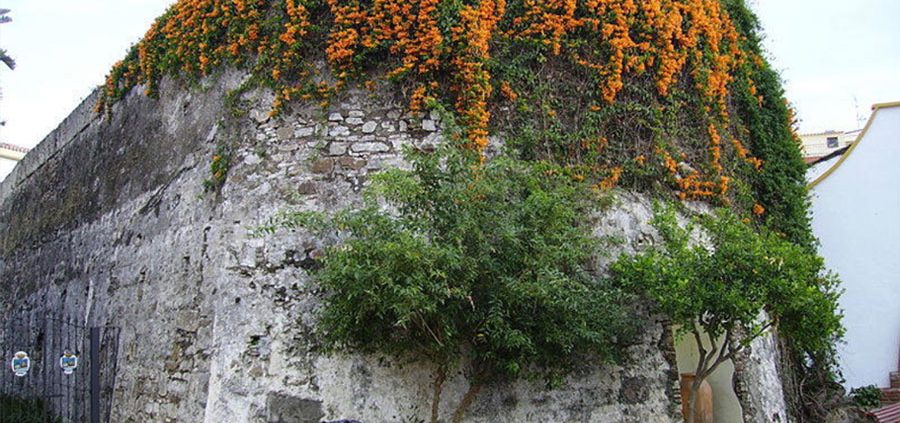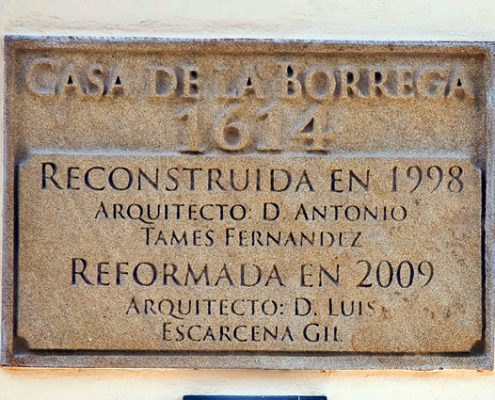History tells us that the town dates back to the Paleolithic era.
Since then, Phoenicians, Carthaginians and Romans called it Astapa (which means ‘people who live near the sea’).
Subsistence has always been linked to trade in agriculture and fishing.
During the Muslim settlements, there were three names given to the town such as Alextebbuna, Asttebbuna and Istebbbuna.
Back in the era of the Caliphate of Cordoba, a Relevant figure used to visit the region, his name was Benestepar, he lived in a dwelling located on the shores of Sierra Bermeja, (the mountain that embraces and shelters the village), where he used to found peace and rest: well, this man is known as the first tourist in the area.
Already, under Henry IV, due to the refusal of Muslims to pay taxes in arrears, led the King on spring of 1456 to conquer the town of Alextebbuna that went to the hands of Christians.














